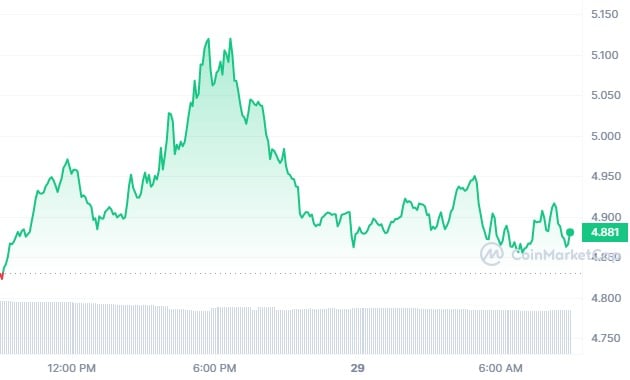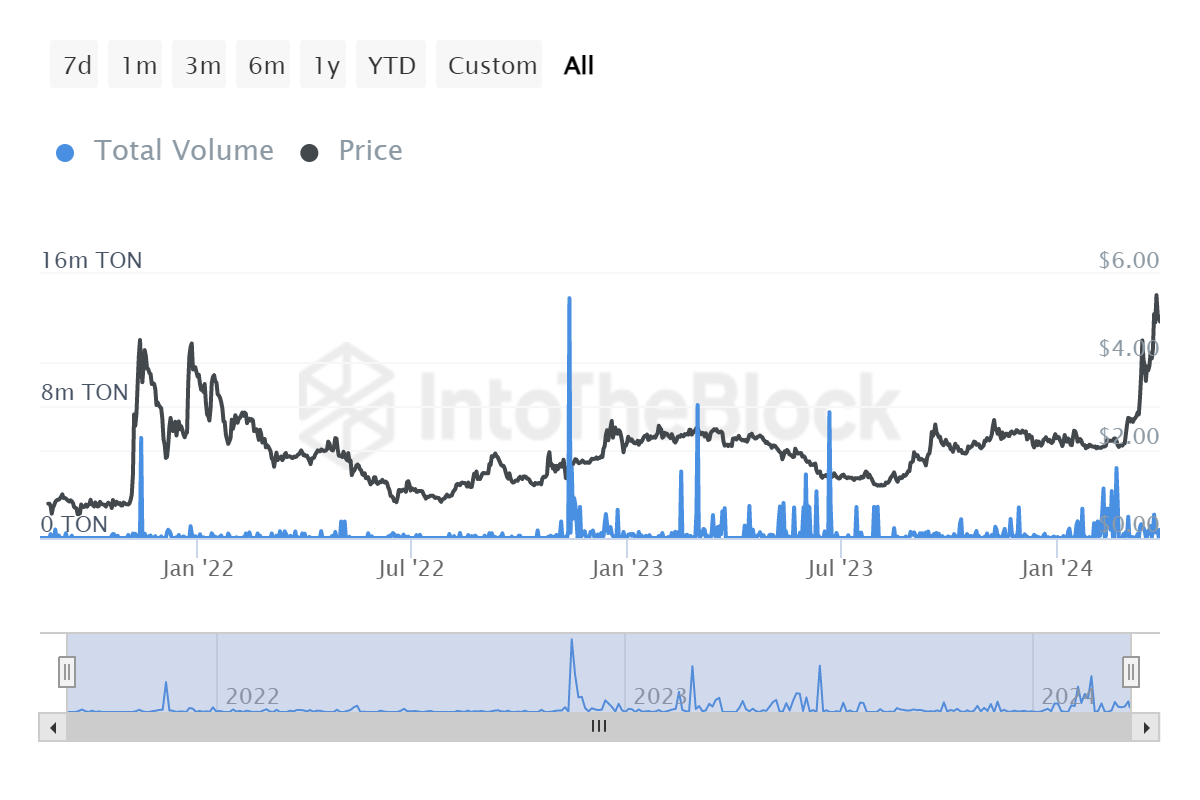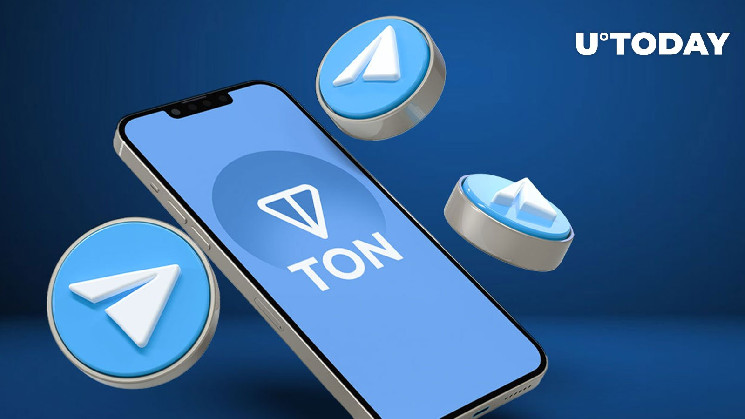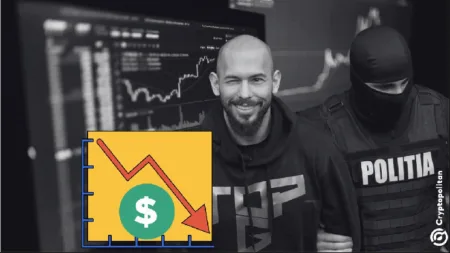A brief history of TON
In 2018, Telegram CEO Pavel Durov published a white paper for the first layer blockchain of the Telegram Open Network (TON). The idea of the project was to transfer the popular Telegram messenger to TON, to subsequently create the most anonymous and secure application, protected by its own proxy.
TON was described as a platform for decentralized applications and services that could be used as an alternative to Visa and MasterCard payment processing services due to its scalability and ability to support millions of transactions per second.
The time when the inefficiencies of legacy platforms justified centralization should be long gone. With technologies like TON reaching their potential, the blockchain industry should be finally able to deliver on its core mission – giving the power back to the people.
— Pavel Durov (@durov) November 30, 2022
The TON blockchain network was designed with specific objectives in mind: flexibility, speed, and cost-effectiveness. These qualities are crucial for attracting millions of users and ensuring integration with messaging applications, which prioritize lightweight functionality. To achieve these goals, TON developers implemented a lightweight consensus algorithm, scalability enhancements such as sharding, and a virtual machine (TVM).
Telegram Open Network had unique features including shard chains, a self-healing mechanism, decentralized data storage, domain name service, a TON virtual machine, and built-in privacy tools. The project’s cryptocurrency was called Gram (GRM) and was used for settlements and payment of commissions.
To finance the development of the blockchain, Telegram held a private initial coin offering. The ICO, which took place in February-March 2018, was a huge success. In two rounds, the company raised $1.7 billion from investors, selling 44% of the total token issue.
In 2020, Telegram, the messaging app giant, terminated its plans for the TON blockchain following a legal battle with the U.S. Securities and Exchange Commission (SEC). SEC had filed a lawsuit against Telegram in 2019, alleging that the company violated securities laws by not registering its token, initially named “gram,” with the regulatory agency.
Crypto wallet and new ads feature
In September 2023, Telegram introduced its long-awaited crypto wallet, built on The Open Network (TON) blockchain, to its 800 million global users. The integration of the TON wallet into Telegram led to a nearly 7% surge in the price of Toncoin upon the announcement.
The TON Foundation announced that projects operating on the TON blockchain would receive priority access to Telegram’s advertising platform, Telegram Ads. While the wallet feature is currently available in settings for existing users, a global rollout is scheduled to commence in November, excluding the United States and select other countries.
Last month, Telegram CEO Pavel Durov revealed plans to launch the company’s ad platform, enabling channel owners to earn financial rewards. Rewards will be distributed using Toncoin on the TON blockchain, with channel owners set to receive 50% of all revenue generated from displaying ads in their channels.
Despite Telegram channels amassing one trillion monthly views, only 10% of these views are currently monetized with Telegram Ads. The Telegram Ad Platform is slated to open to channel owners in nearly one hundred countries, signaling a significant shift toward content monetization.
Toncoin price history and prediction
Since its launch, TON hasn’t exactly followed the uptrend, with the price mostly below the initial level in 2022 and 2023.

In February, Toncoin embarked on a series of initiatives, demonstrating continued positive momentum. The most recent initiative involved distributing 30 million TON for user participation in ecosystem projects.
In late March 2024, Toncoin (TON) surged by 31.83% to $3.68, hitting a two-year high, driven by anticipation of Telegram’s upcoming Initial Public Offering (IPO). Trading volumes for TON spiked by 301.96%, reaching $269 million, indicating increased trader interest.

These gains were fueled by Telegram Messenger’s decision to compensate channel owners with cryptocurrency for ads and Binance’s launch of perpetual futures trading for the TON token.
In the past month, TON has displayed remarkable resilience, swiftly rebounding from external disruptions like the temporary injunction on Telegram services in Spain.

Despite the setback, the coin quickly recovered to around $4.90, hinting at the potential for TON to reach the $10 mark. While this milestone remains speculative, optimism is fueled by recent activities within The Open Network and the coin’s overall market performance.
However, the price is currently in a bearish zone, struggling to break through an important price level. Recent developments, as well as Telegram’s IPO plans, could mean a potential for above $10 level, given the overall bullish market sentiment ahead of Bitcoin halving.
Read the full article here









